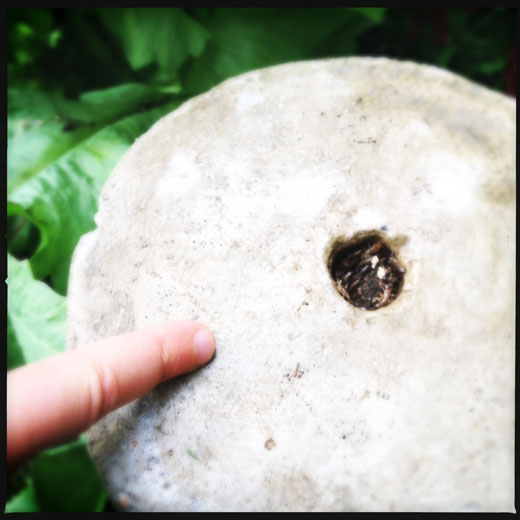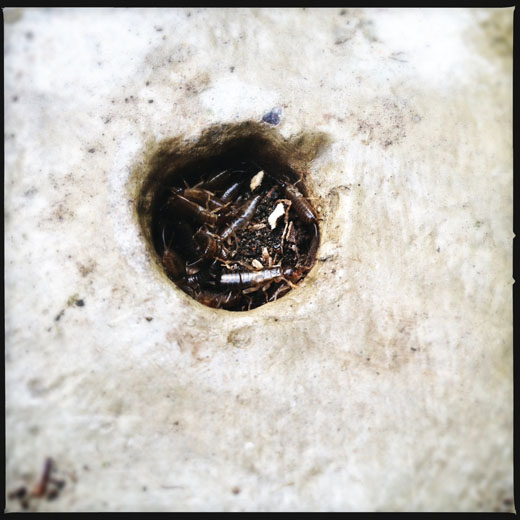-
Archives by Category
- Products (5)
- Campfire cooking (1)
- The Mighty Eagle (7)
- Activities (79)
- Summer (14)
- Fishing (8)
- Caravanning (1)
- Climbing (1)
- Fire lighting (5)
- Den making (6)
- Foraging (16)
- Edible flowers (2)
- Treasure hunting (7)
- Featured (2)
- Recipes (22)
- Fish recipes (3)
- Game (3)
- Foraging recipes (9)
-
Archives by Month
- July 2015 (14)
- March 2013 (1)
- December 2012 (3)
- November 2012 (2)
- July 2012 (14)
- June 2012 (28)
- May 2012 (17)
- April 2012 (11)
- January 2012 (4)
- October 2011 (1)
Lurking in every garden, patio or window box is a world of mini-beasts just waiting to be explored.
Some good mini beasts to hunt for are spiders, woodlice, lady birds and earwigs. The good thing about these mini beasts is you can easily find them once you know the environments to find them in.
Spiders; corners of rooms, gaps in hedges or even in-between fence posts. Spiders are everywhere they can catch insects to eat. Watch them making webs, or try and feed them other insects. In the UK there are no poisonous spiders, but we have some of the fastest runners. Here is a great page to help you identify spider species.
Woodlice; anywhere damp and rotten. Open up rotten bark or lift pieces of wood on the ground. Woodlice are great to scamper over your hands and are herbivores (plant-eaters) and generally eat dead or decaying vegetation. In the UK we also have a species which lives on the seashore and feeds on seaweed.
Lady birds; can be found on warm stone or brick walls and on fragrant plants – they will be on the green leaves looking for food. Lady birds are predator insects and generally eat aphids, which is why they are known as the gardeners best friend. Lady birds are great to wander over your fingers, but be careful with them. If you get them stressed they give off a pungent grass smell. Here is more information about lady birds.
Earwigs; those pincers can’t harm you, they are for holding down their food. Also they have two sets of wings, but rarely use their ability to fly. They are nocturnal insects and can be found in small, dark, moist places during the day.





